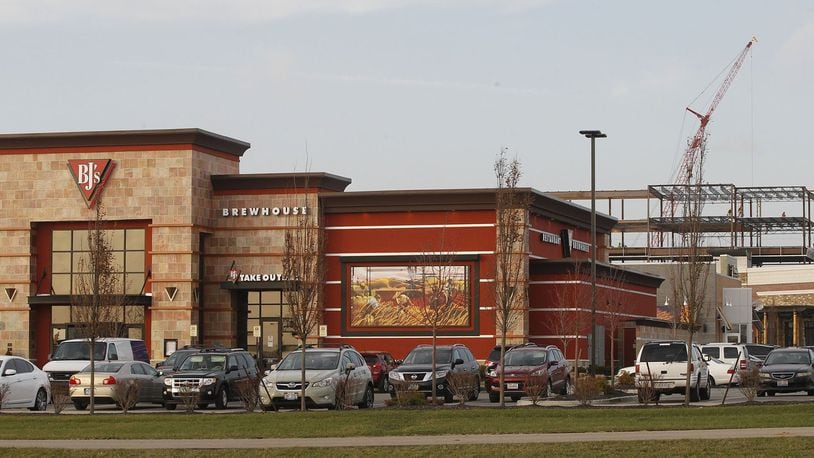“It’s going to be a gamer changer for this entire area,” said Hinson, the chamber president and chief executive officer.
“The power of the Dayton, Cincinnati, Butler County area working as one puts it in a nice position to compete with larger major markets than we do individually today.”
A key criteria for merging two metropolitan areas is if 25 percent of residents living in central counties of one metro — such as Greene, Miami and Montgomery counties of the Dayton area — commute to work in central counties of a neighboring metro — such as Butler, Warren, Clermont or Hamilton counties, or parts of Northern Kentucky, as part of the larger Cincinnati MSA — according to U.S. Office of Budget and Management standards. The counties must also be contiguous.
While the U.S. Census Bureau tracks population patterns, it’s up to the federal Budget and Management department to make the call on a metro merger, research by this newspaper found. The federal budget office did not respond to interview or information requests by deadline.
“When we work with employers considering coming to the region, they don’t consider geographical boundaries,” said Adam Jones, administrator of the Workforce Investment Board of Butler, Clermont and Warren Counties, a workforce development agency.
Metroplex, macro region or mega region — all ways to describe the growing Interstate-75 corridor — aren’t formal government terms.
Rather, government officials will consider population patterns and common economic development and social relationships for changing the borders of a metropolitan area, according to information provided by the Census Bureau.
“It highlights and confirms … we ought to be doing what we’re doing today and work together,” said Cincinnati Vice Mayor David Mann, as a panelist at last Thursday’s Think Regional conference.
Think Regional brought together business, government and nonprofit leaders from throughout Cincinnati and Dayton at an all-day event held April 16 in West Chester Twp. to promote regional collaboration.
“We don’t really have a choice if we want to compete as a region,” said Mann, referring to the need for the urban cores and surrounding communities to work together.
The city of Dayton thinks about Cincinnati every day, but Dayton Mayor Nan Whaley would be happy if Cincinnati thought of Dayton at least twice a week, she joked as a speaker Thursday on the same panel with Mann.
“I have a real interest in Cincinnati thinking north,” Whaley said. “In describing where Dayton is… we are an hour north of Cincinnati.”
“When we’re selling Dayton, we’re selling Cincinnati and Southwest Ohio,” Whaley said.
As of the most recent rankings of America’s largest metropolitans, the Cincinnati Tristate falls 28th on the list with a population of 2,149,449, according to the Census Bureau. Those estimates are as of July 1, 2014. The Dayton area ranks 71st on the list with a population of 800,836.
A combined Cincinnati-Dayton metropolitan with 2,950,285 people would rank the region as the 18th largest in the U.S. behind San Diego-Carlsbad, Calif., and ahead of Tampa-St.Petersburg-Clearwater, Fla.
A government designation of the area as one instead of two separate metropolitans would make a big difference in marketing the area to outside businesses, said Johnna Reeder, president and chief executive officer of REDI Cincinnati, the nonprofit economic development agency in charge of attracting businesses to Greater Cincinnati.
“The positives are when you’re bigger, you’re seen as having more assets and that’s a good thing when you’re trying to compete on big projects,” Reeder said.
Continued growth and trade along the corridor between Cincinnati and Dayton will drive the need for more talks between Cincinnati- and Dayton-area leaders, said Phil Parker, president and chief executive officer of Dayton Area Chamber of Commerce.
“You start to see more people and more businesses living along that corridor, it starts to add up to the point when there will be a time when people say we need to meet with and speak with our counterparts along that corridor to see what we can do to come up with the advantages… of that one large metropolis,” Parker said.
“I think the jury’s still out on it because one of the things people don’t want to happen is they certainly don’t want Dayton to be the red-headed step child of an area when right now we have our own governmental bodies, zip codes, etc.,” he said.
About the Author
